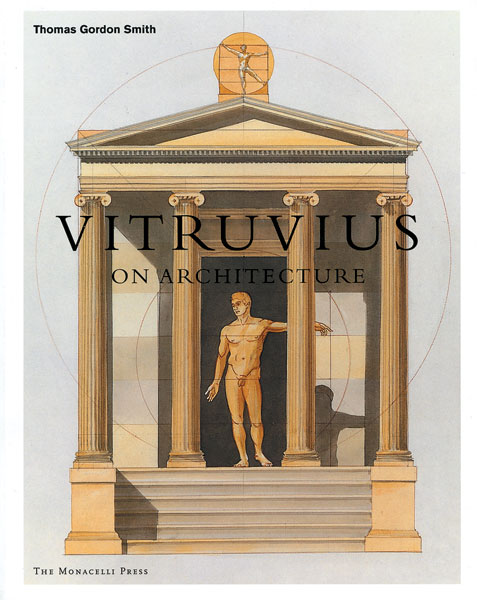
Vitruvius on Architecture
Thomas Gordon Smith (New York: Monacelli Press, 2003) 232 PP., $60
It is amazing what passions an ancient Roman architect can still raise.
Marcus Vitruvius Pollio’s Ten Books on Architecture (De Architectura Libri Decem), written between 30 and 20 B.C., may be one of the most influential works of classical literature. Composed in a mediocre, tortuous Latin—clearly in imitation of such contemporaneous stylists as Cicero, but far below them—it wanders through a summary of virtually everything known at the time, in an attempt to lay the foundation of what architectural historian Frank Brown called “architecture as a liberal art.” Although the Ten Books is a highly imperfect work (which is probably what makes it so accessible to reinterpretation), it provides such a unified view of knowledge that it amply conveys the classical liberal arts ideal of education to the modern world.
For architects from the Renaissance to the early 20th century, on the other hand, the Ten Books has been something of a Holy Grail—a book which, if its secrets were ever fully elucidated (Vitruvius’s original manuscript included 11 drawings, which have been lost), would reveal the key to the creation of great architecture.
Already a library member? Log in here.
Institution user? Log in with your IP address.

